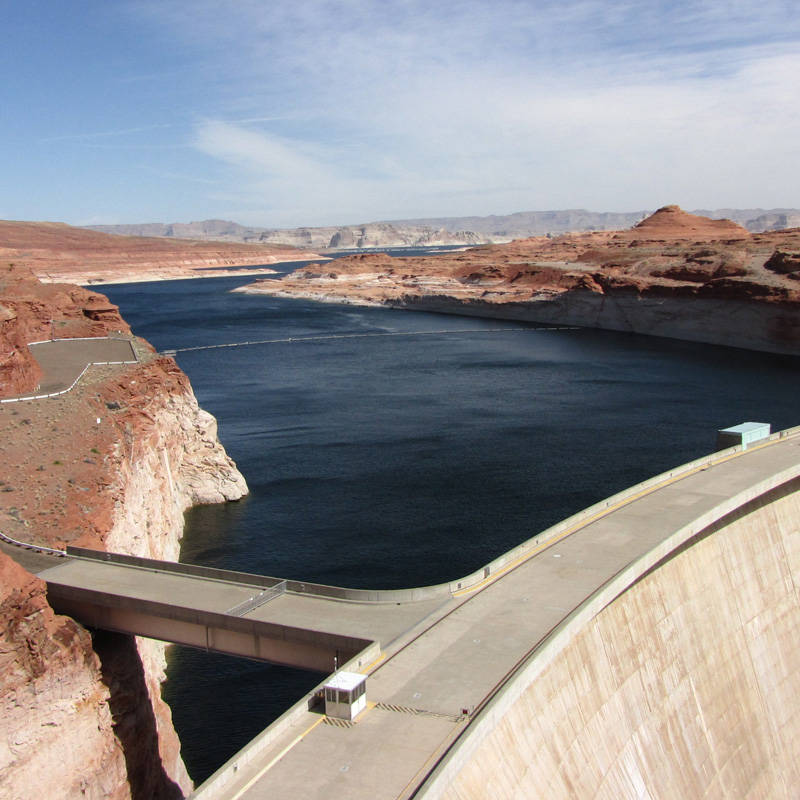Study shows most western cities aren’t wasting as much water

There’s some good news for the 35 million people in the Western United States who rely on the Colorado River for their water, says a new study from the Oakland-based Pacific Institute.
No, the supply isn’t increasing. And yes, the population is still growing.
But according to the paper, entitled Municipal Deliveries of Colorado River Basin Water, more efficient water use by water agencies across the West is making the supply/demand gap a lot less painful than it could be.
“Although population growth has increased very quickly, the amount of water delivered has not kept pace,” said study author Michael Cohen. “That shows that people have been getting much more efficient with their use of water.”
According to the report:
- Since 1990, the number of people who rely on water from the Colorado River basin has grown by 10 million. But during that time, per-capita water use has declined an average of one percent per year.
- Water agencies in Southern California delivered four percent less water from the Colorado in 2008 than they did in 1990, despite delivering water to almost 3.6 million more people.
Cohen said he was surprised and encouraged by the study results, and while he credited some of the efficiency to short-term policies (such as temporary drought restrictions) and new standards (like more efficient toilets and fixtures), he said that a lot of the change is likely due to changing attitudes.
“People are becoming much more aware of the value of water in the West, becoming sensitive that it is, in fact, a limited resource, and a resource that should be used wisely,” he said.
Not everyone in California is embracing efficiency, however. Of the 100 water agencies studied, those with the three highest per-capita water deliveries are in California; the City of San Marino and two districts in Coachella Valley.
“They think it’s appropriate to have lawns in the middle of the desert even though they have to water them two or three times a day,” he said. By comparison, he said, there are other, less affluent parts of Coachella Valley where water usage is about average for the state.
“Lots of agencies say [water usage] is driven by climate, but here’s a pretty stark example of cities or agencies with the exact same climate, but very different water use patterns,” Cohen observed.
Of course, what this study does not look at, is the 500-pound gorilla that is agricultural water use, which uses 70% of the water from the Colorado. Municipal deliveries comprise just 15%, although it is the fastest growing segment of water use.
It seems that whatever efficiencies can be implemented now in any sector will only serve to ease what’s likely to become an even starker gap between supply and demand. According to the Bureau of Reclamation, demand has recently outstripped supply along the Colorado, and a new federal study released earlier this month finds that the river’s flow could decrease 9% in the next 50 years due to impacts of climate change. Meanwhile populations are expected to continue to grow rapidly in many regions dependent on the river.
“The question is, how are they going to balance supply and demand in the future,” said Cohen. “I think this report shows that at least part of that answer lies in more efficient use within the cities themselves.”
